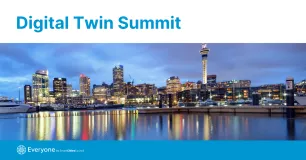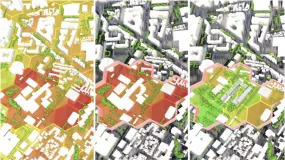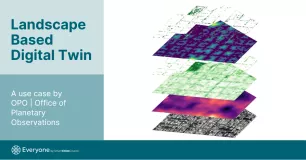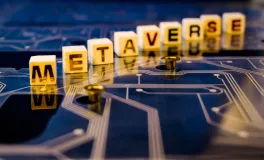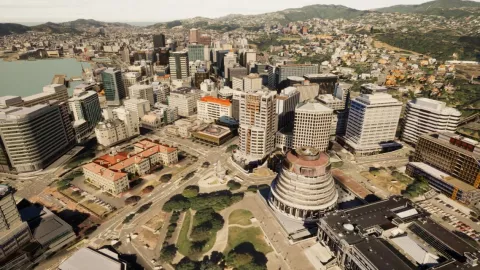
On 01 August, Smart Cities Council will head to Auckland for the 2023 Data and Digital Twin Summit. Hosted at the beautiful Beca offices in Pitt Street, we'll be joined by sponsors, stakeholders and smart cities practitioners to share learnings to build capability, capacity and collaboration in the Smart Places sector. Throughout the day, you'll hear from senior experts with direct input into local council and government-led projects from across sector divides, covering key themes such as Smart Built Environment, Smart Transportation Hubs and the Future of Place, all positioned through a Digital Twin and Data lens.
Wellington City Council's Team Leader of Digital Innovation, Julia McMaster and Programme Manager of Subsurface Asset Data Digital Twin Viv Winch, will join us for a Regional Roundtable and we'll hear from Sean Audain, Strategic Planning Manager, on Digital Twin Advancement in Wellington.
Here's what you have to look forward to learning more about:
Wellington City is on the cusp of once-in-a-generation change which will affect how we live, work and play. What we’re doing isn’t BAU. It's not just fixing things to go back to how they were. In 10 years' time we will have an improved, more vibrant and more resilient city. We’ll be welcoming 50-80,000 new residents, and our transport network will be transformed so more people can move in and around our city. Buildings will be earthquake strengthened, and ageing pipes replaced. On top of this, there will be a scaling-up of private developments taking place. We’re still early on in this journey – we’re a city in transition. Disruption will be inevitable with almost all of our main streets impacted, both above and below ground.
Above ground
The Digital City Model is an almost life-like digital representation of our city that enables us to visualise complex information in an impactful way. The model is built using the open-source gaming engine Unreal. The Digital City Model is a capability that aims to:
- Increase engagement on strategic programmes
- Enhance the visual presence of Mana Whenua in the city to support the learning and celebration of Mana Whenua and Māori histories, identities, landmarks and narratives.
- Increase understanding of the impacts of growth and planning
The Digital City Model is currently being developed to support public engagement across Paneke Pōneke (Bike network plan), City in Transition and Te Atakura (First to Zero). In 2022, the project won the prestigious Bloomberg Global Mayors Challenge, a global competition recognising the boldest and most ambitious urban innovations that help cities tackle global issues including climate change that can be replicated across the world.
The National Adaptation Plan cited the project as a leading innovative approach of utilizing technology to breakdown existing barriers for involving the community in adaptation planning.
Under Ground
Like most cities in the world, Wellington's records of the underground environment are poor. This inflicts massive inefficiencies, risk, cost and delays on the city, utilities and contractors working on these projects - because put simply, we can't be sure of what we will find when we break ground.
Without change, the large and high-profile capital works programmes scheduled to start across our city will continue to bear the very real risks and impacts of cost overruns, delays, disruption and safety issues.
The Wellington Underground Asset Map initiative aims to improve the accuracy and reliability of the city’s underground asset data and the sector’s access to this data - and thereby to support the city to grow rapidly, reliably, and sustainably. Data includes everything from the location, depth, size, criticality… of utility assets like electricity cables and wastewater pipes, to the location of reinforced concrete left over from old tram lines.
The aim is for Wellington to develop a proof of concept and a system that works for us, and then for the system to be scaled up and rolled out by central government across New Zealand. The project is sometimes described as the establishment of a sub surface digital market twin.
This initiative is funded out of DIA Better Off funding, tranche 1.
Improving our knowledge of Wellington’s subsurface infrastructure is an opportunity to begin a paradigm shift in efficiency for the city’s critical infrastructure – one which would be a gift to our future city and powerfully support the success of the Long-Term Plan. While the Digital City Model capability will transform how Council educate, engage and co-design with community across our strategic programme of work.
